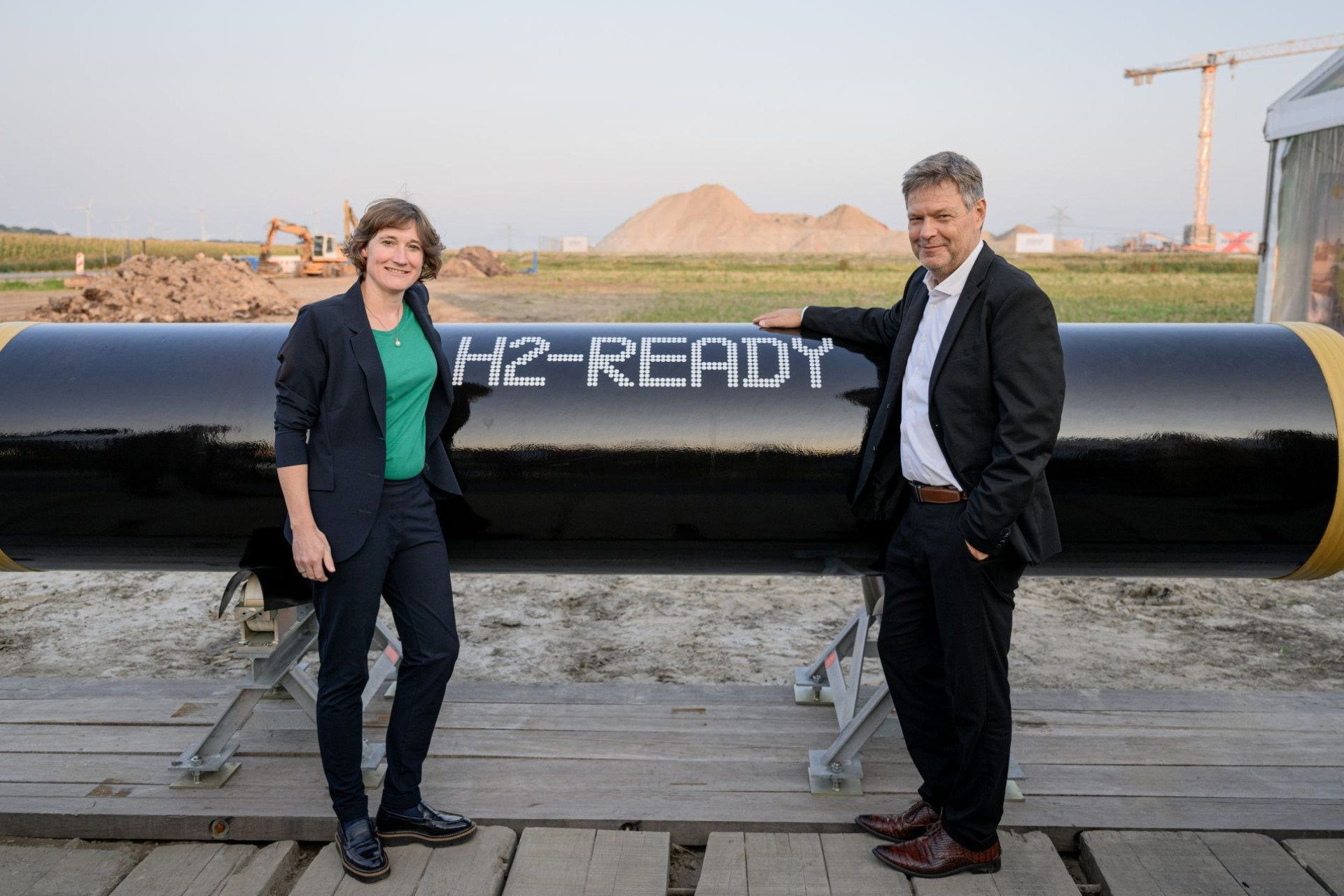Highlights
Highlights
January
Dutch gas storage facilities are being depleted faster than expected due to additional withdrawals and, as a result, the reserves are lower than in recent years. On 9 January, Gasunie Transport Services provides an additional update on this situation and reports that there is no immediate threat to security of supply. Imported LNG, gas extracted in the Netherlands, and gas supplied by pipeline from abroad generally ensure sufficient gas. However, a severe winter could result in gas supplies being tight and in higher gas prices on the wholesale market. The Netherlands increasingly depends on gas imports and a well-functioning European gas market.
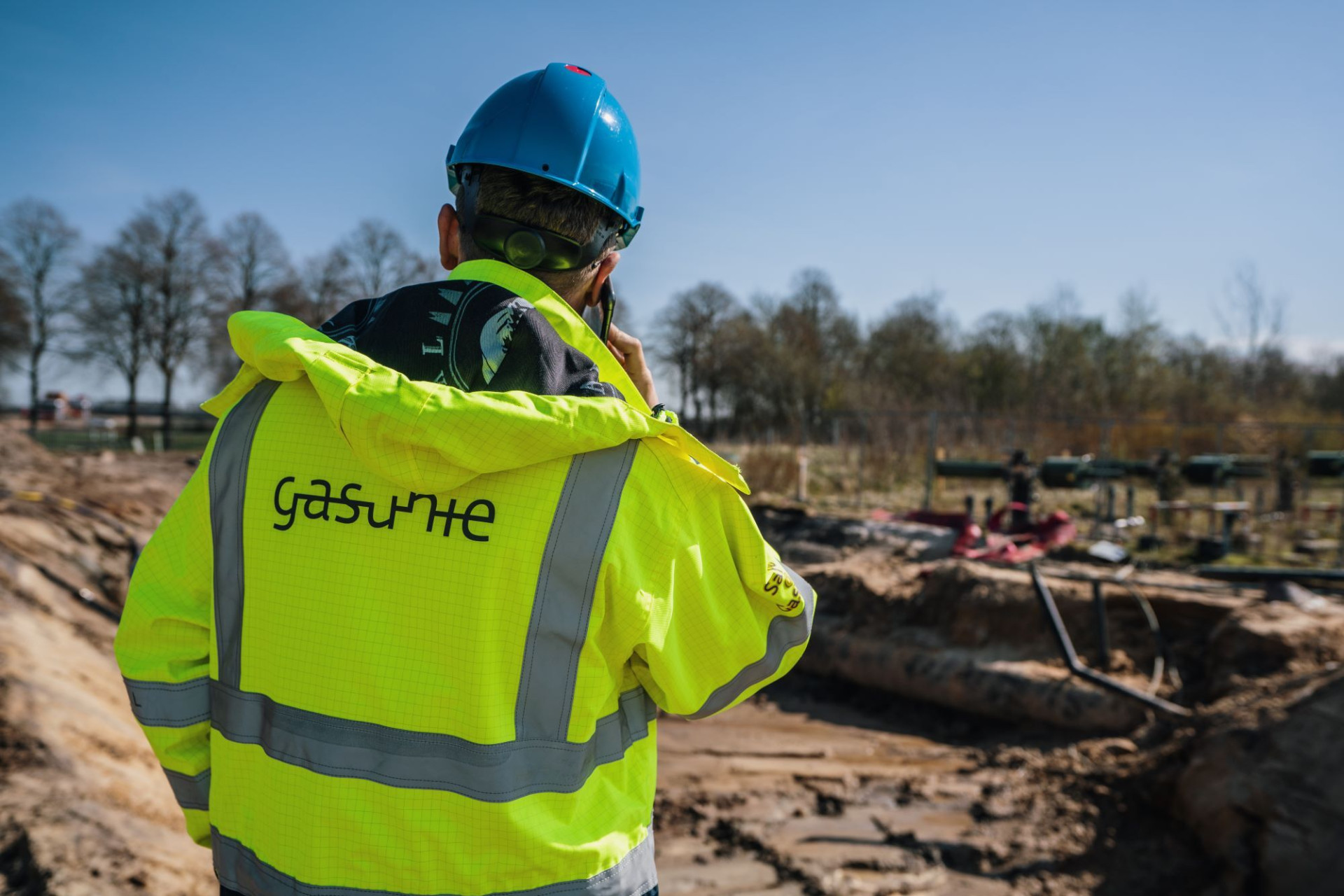
Gasunie has signed ten-year framework contracts worth € 2.5 billion with three contractor consortia, namely DES (Dura Vermeer/Equans), Bilfinger/Kuijpers/BAM, and VS Hanab/Verwater, Homij/Croon Wolter & Dros. These contracts set out agreements on the replacement, maintenance and expansion of stations and installations required for the transmission of (renewable) gasses. This new collaborative approach helps ensure that the current energy infrastructure is maintained safely and reliably, while also contributing to the development of new energy infrastructure for the transport and storage of hydrogen and CO2.
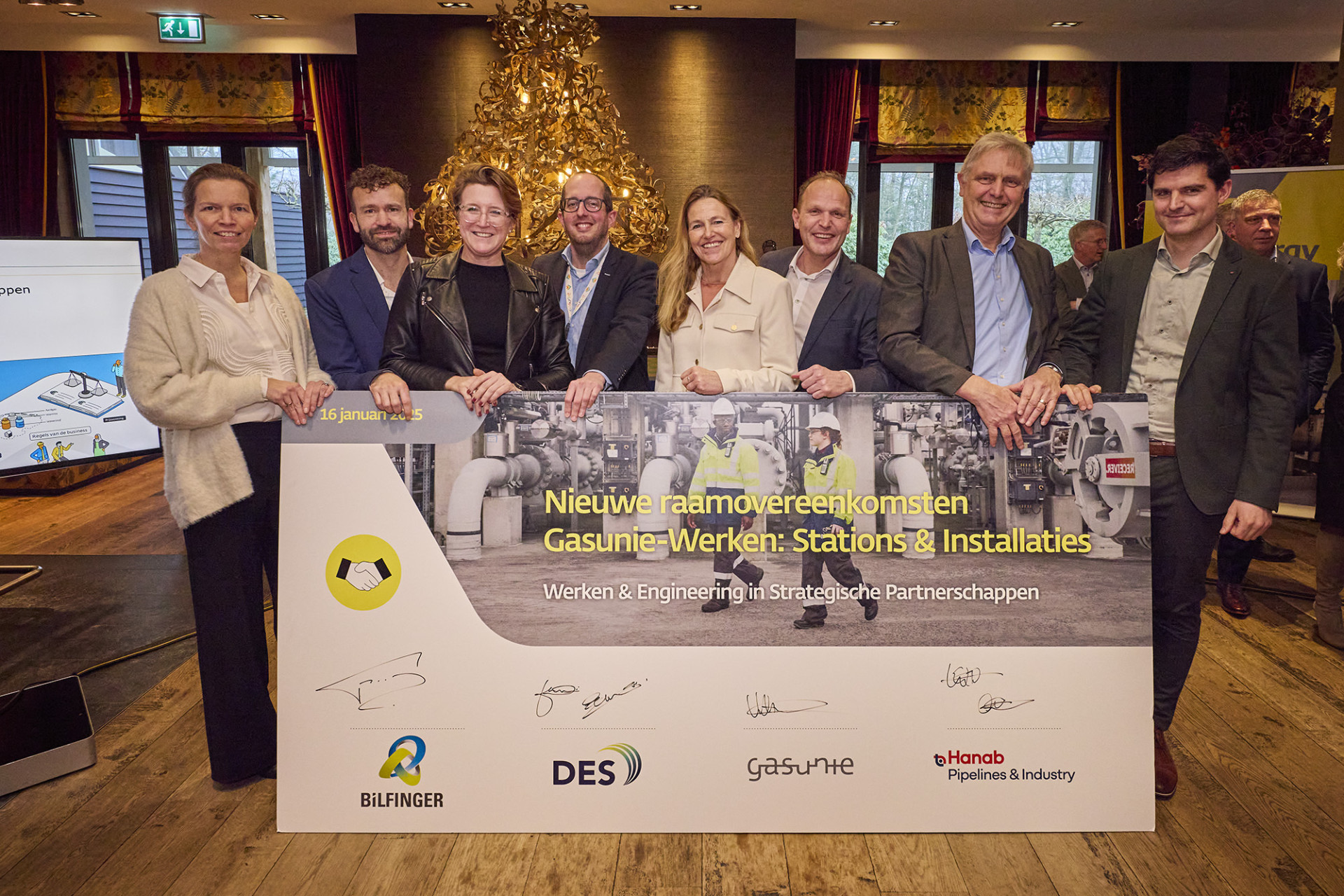
February
The HyStock hydrogen storage project is gaining momentum now that the permits for the evaluation and deep drilling in Zuidwending have been published. For Gasunie, this publication was the go-ahead for ordering materials and preparing and carrying out the drilling. Over the coming years, as part of the national hydrogen infrastructure, four salt caverns will be prepared for the storage of hydrogen. The first of these is already in the preparation phase; the other three will first need to be developed by Nobian before Gasunie can make them suitable to store hydrogen.
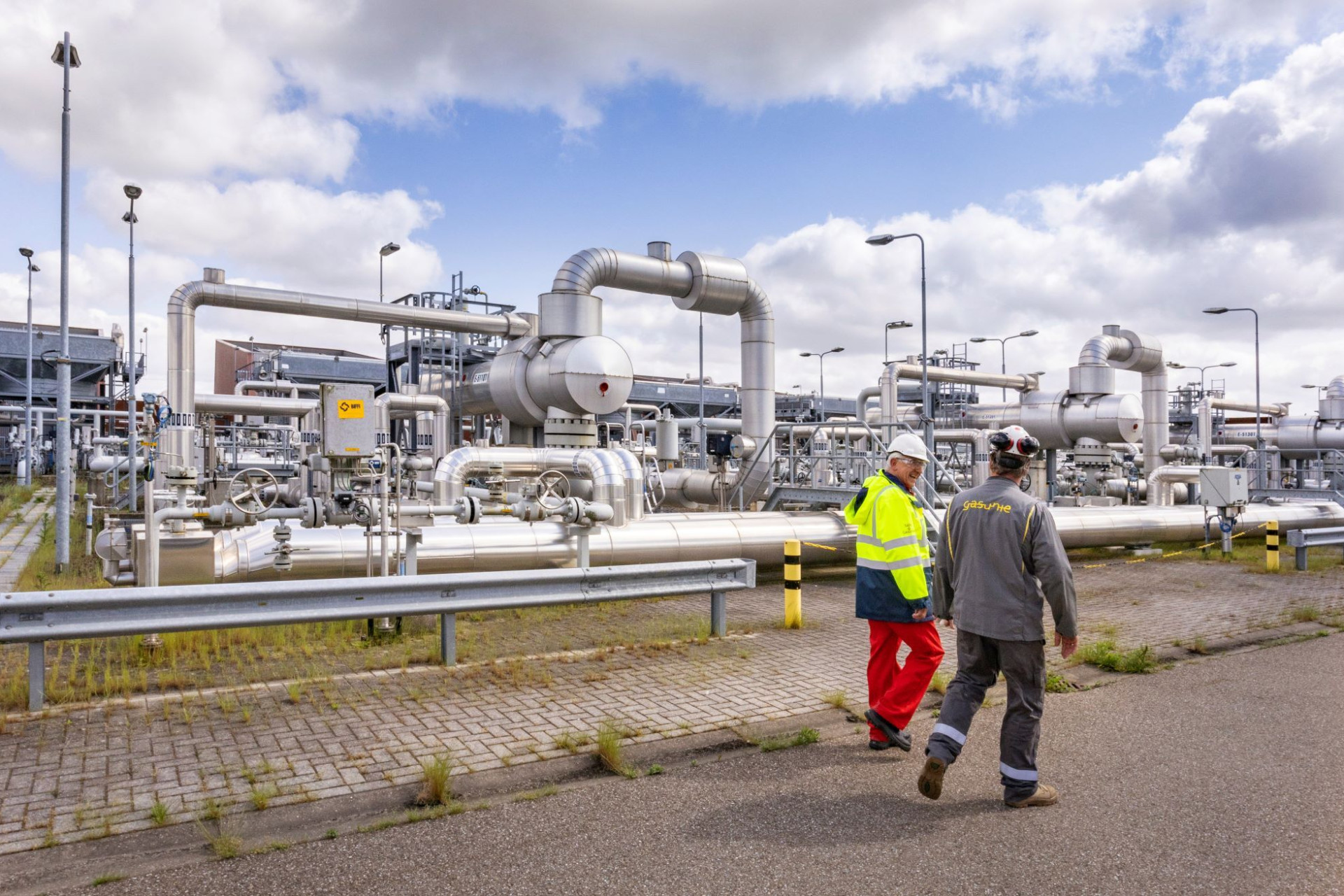
A new milestone for the Porthos CCS project is passed. The lowest point of the construction pit for the cooling water pump station was reached, allowing construction workers to start pouring the concrete for the basement. This station is essential for cooling the compressor station. Here, the captured CO2 from industry at the Port of Rotterdam is compressed and cooled, after which it can be transported to offshore platforms for storage. The ability to commission Porthos is crucial for reaching the Dutch climate targets.
March
Gasunie and Petrogas plan to jointly investigate how pipelines installed under the North Sea seabed can be reused. These pipelines can possibly be used to transport green hydrogen produced on-site using offshore wind energy, making it easier to bring this renewable energy to shore. We are working with other TSOs on various international research projects to ensure the proper development of standards for the safe reuse of offshore pipelines for the transport of hydrogen and/or CO2.
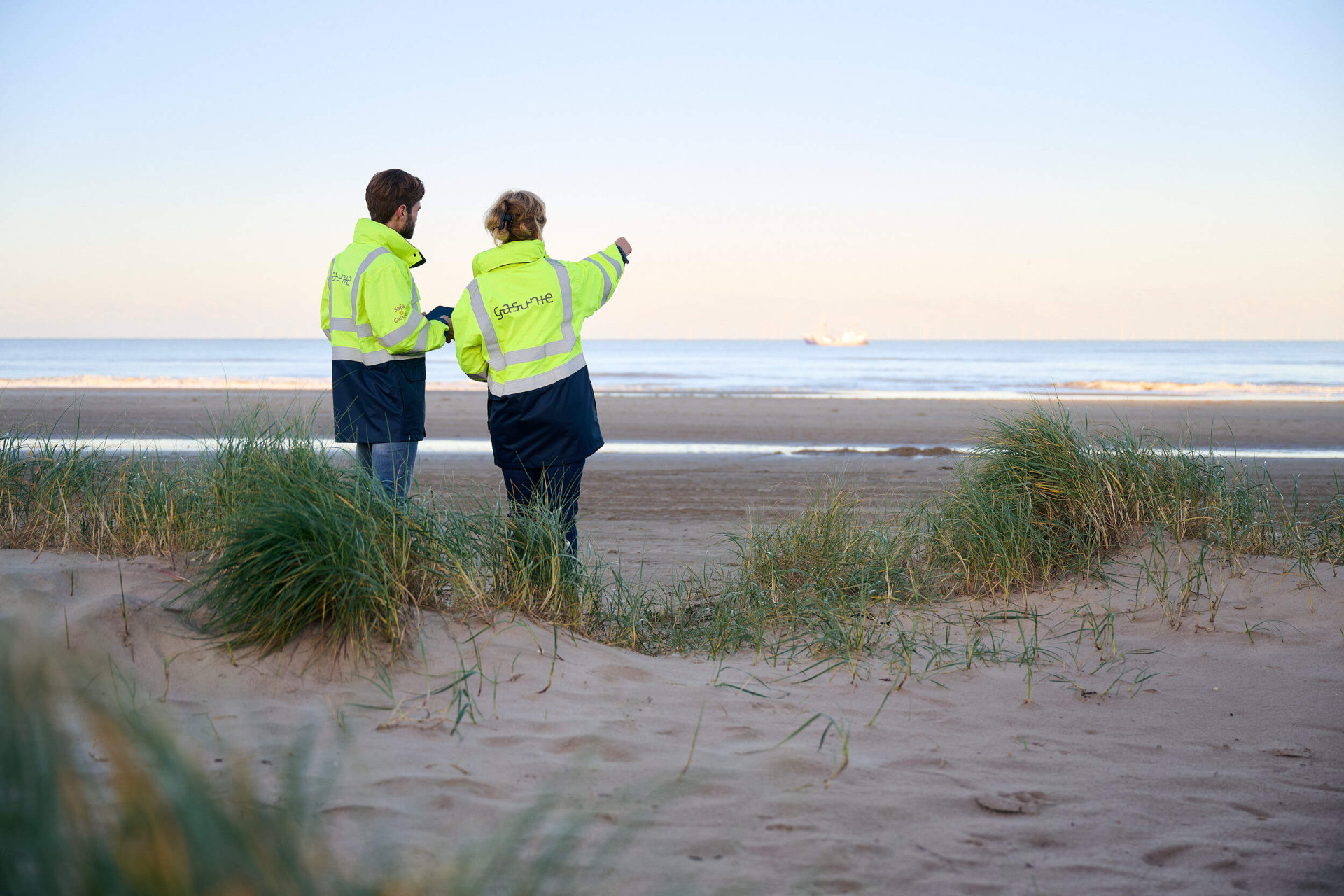
The Dutch Emissions Authority (NEa) grants Porthos the first ever EU emissions allowance for an underground CO2 storage project. The first offshore pipes for the Porthos project arrived in the Port of Rotterdam, where they are being stored temporarily at the Maasvlakte industrial area. These will eventually be installed as offshore pipelines for the transport of captured CO2 to storage sites deep under the seabed. Porthos stores around 2.5 Mt of CO2 per year over a period of 15 years, for a total of about 37 Mt. This means that industry at the Port of Rotterdam will soon be able to process around 10% of its emission through CCS.
April
WarmtelinQ, the underground pipeline that transports heat from the Port of Rotterdam to homes and businesses in the province of Zuid-Holland, is the most socially attractive alternative to natural gas in Ypenburg and the Leiden region. This emerges from an analysis conducted by engineering firm Royal HaskoningDHV. When it comes to heating, the sustainable alternative that first springs to mind for most people – the heat pump – is, all things considered, more expensive. This becomes evident when you add up the costs of modifying the home and installing an electric heat pump, as well as the costs of upgrading the power grid.
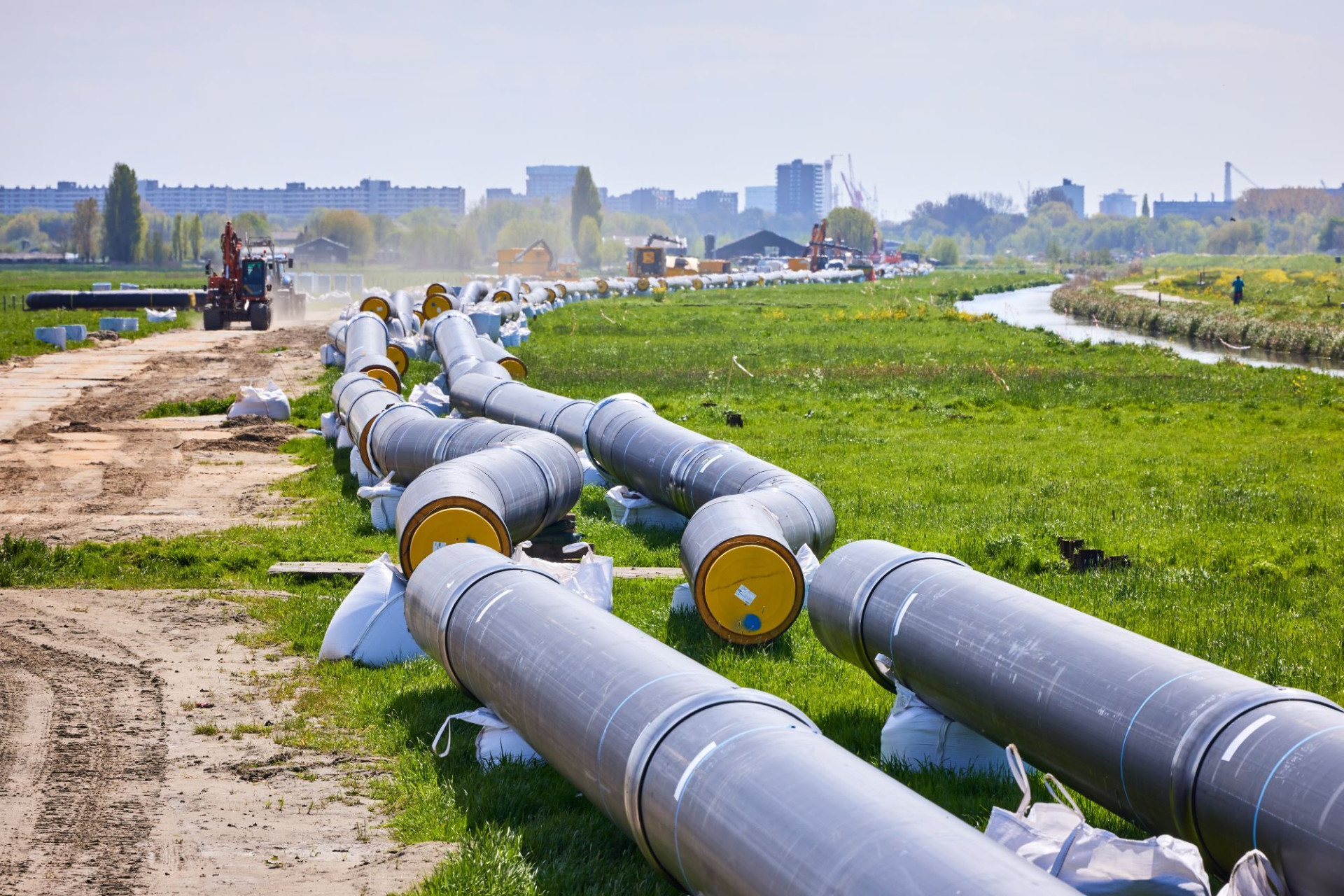
Electro-methane (e-methane) offers an innovative and practical solution in the energy transition, thanks to the use of existing gas infrastructure, especially in sectors that are difficult to electrify. This emerges from a new independent study carried out by consulting firm Roland Berger on behalf of GasTerra and Gasunie. The report emphasised that e-methane – alongside hydrogen – can make an important contribution to bringing about a future carbon-neutral energy supply. Long-term success depends on the further scale up, cost-competitiveness, and the supply of green electricity.
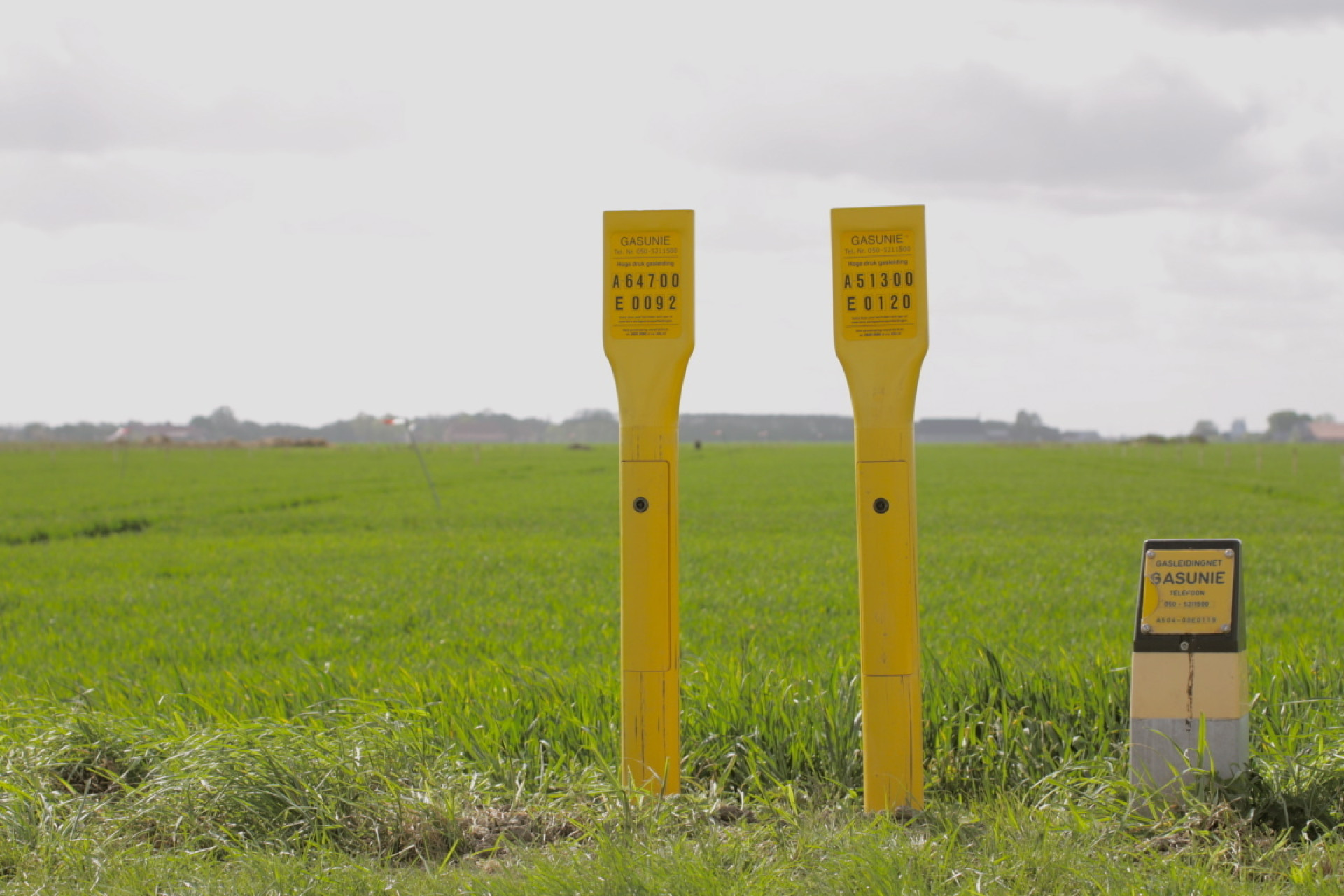
May
The Wieringermeer site celebrates 55 years of operation, making this the perfect moment to open the doors to the public for the first time ever. Five hundred local residents and other interested parties make the most of this opportunity and are taken on a two to three hour tour of the Wieringermeer site. During the open day, we also focus on an important innovation for reducing methane emissions by using nitrogen instead of methane in the purging process of the gas compressors. This results in an 85% cut in methane emissions at this site. At Wieringermeer, Gasunie converts high-calorific gas into low-calorific gas so that it can be used in homes and industrial installations.
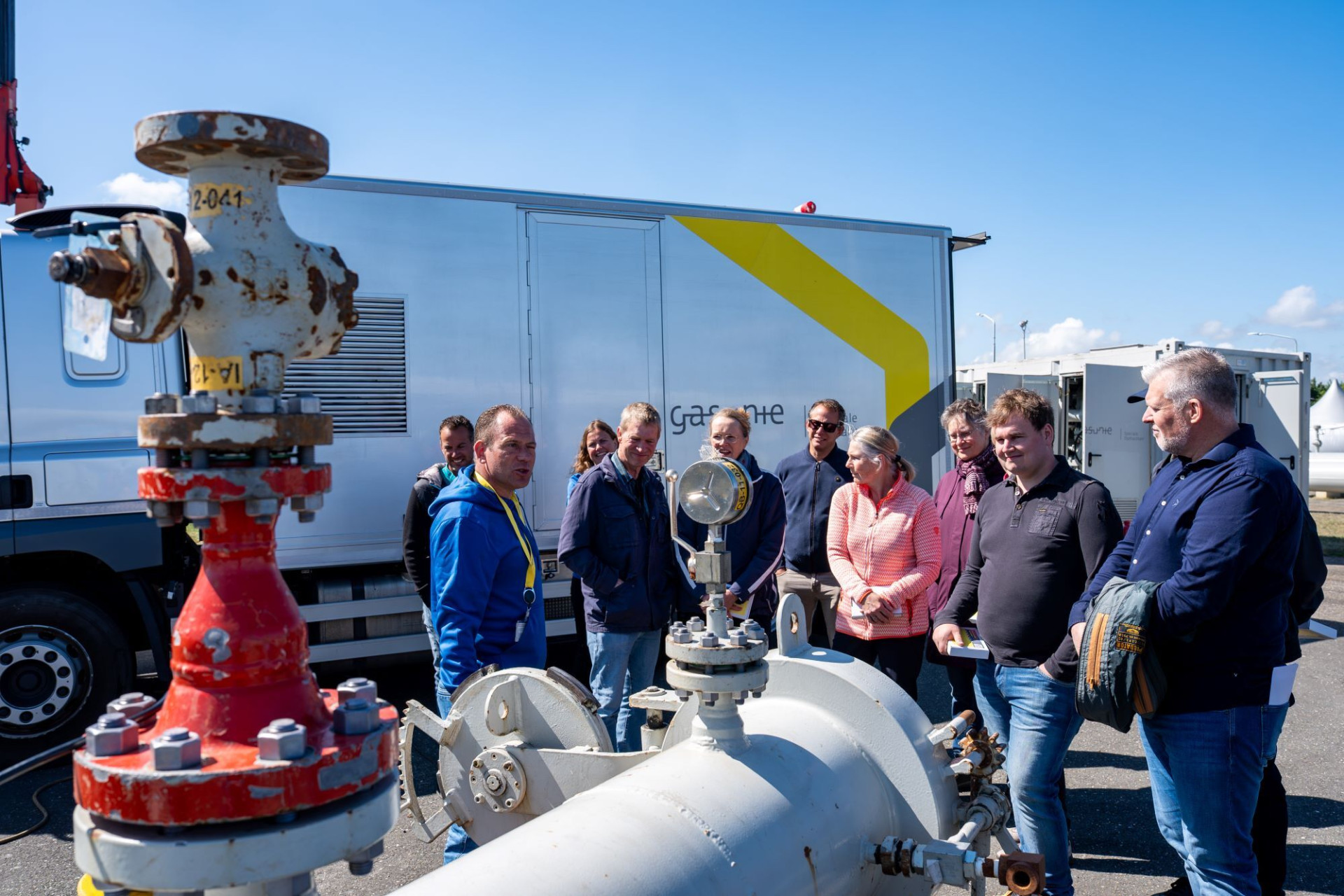
Gasunie and Storag Etzel start injecting hydrogen into two existing caverns in Germany. The first hydrogen deliveries arrive from a production facility in Werlte, Germany. This milestone marks the successful completion of the H2CAST Ready project phase, during which the caverns were prepared for hydrogen storage and the suitability of the prepared caverns was assessed. The aim is to ultimately develop and operate multiple caverns with a total capacity of 1 TWh (terawatt hour). With this milestone, the partners made an important contribution to ensuring that the hydrogen market gets off to a smooth start.
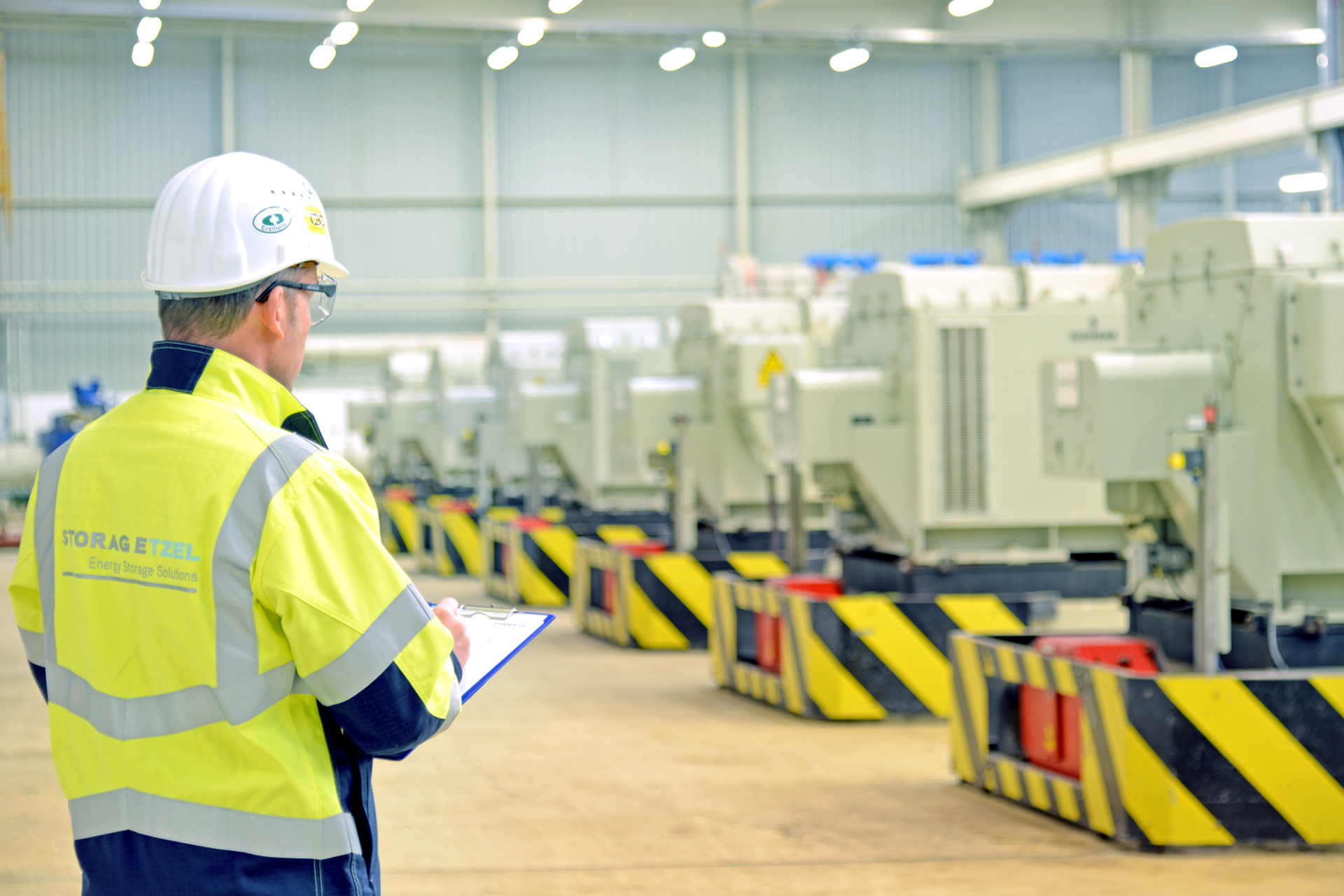
June
Gasunie Transport Services (GTS) has calculated that there needs to be at least 115 TWh in gas reserves for the four Dutch seasonal storage facilities by 1 November 2026 (1 November 2025: 110 TWh). Assuming that the LNG supply is sufficiently flexible to deliver more volume to the Dutch market even in a cold gas year, a lower minimum filling level (i.e. 90 TWh) is possible. However, given the current geopolitical uncertainty in the gas market, GTS strongly advises the Minister of Climate Policy and Green Growth to set the reserves for seasonal storage at 115 TWh. According to GTS, the risks necessitate maintaining the existing gas storage facilities for the next five years. In this regard, GTS repeats its call for the creation of an emergency reserve for prolonged disruptions to the gas supply.
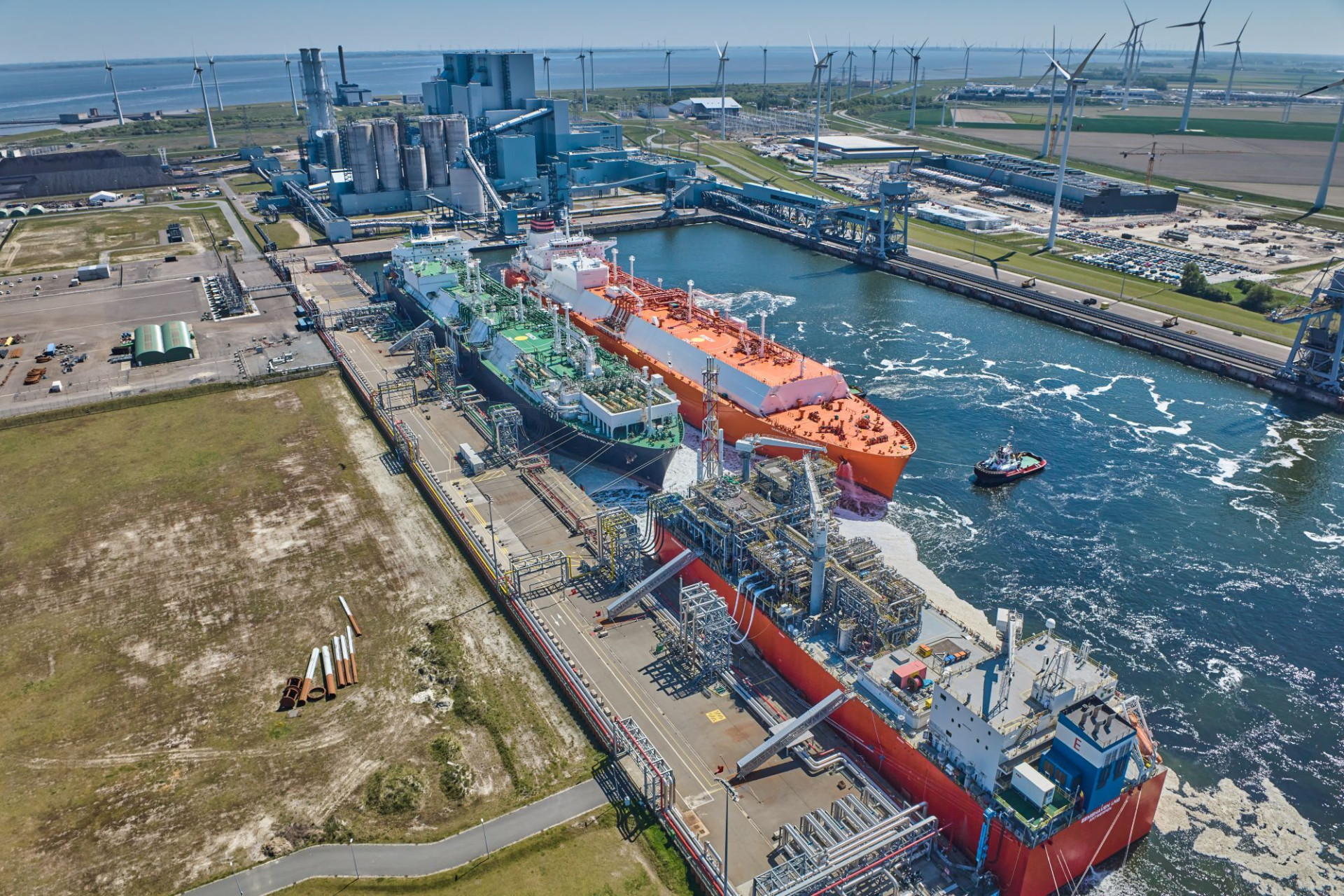
The conversion of natural gas pipeline routes for Hyperlink-1 is on schedule. The project will make it possible for hydrogen to be transported from the Dutch-German border near Bunde, through Bremen and on to Hamburg and to connecting producers, customers, and storage facilities. Hyperlink-1 is an IPCEI project being realised with the support of the German Federal Ministry for Economic Affairs and Climate Action and the federal states of Lower Saxony and Bremen. Pictured is managing director Gasunie Deutschland Britta van Boven with former Federal Minister of Economics and Climate Robert Habeck.
